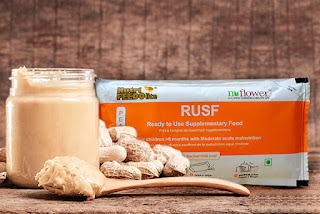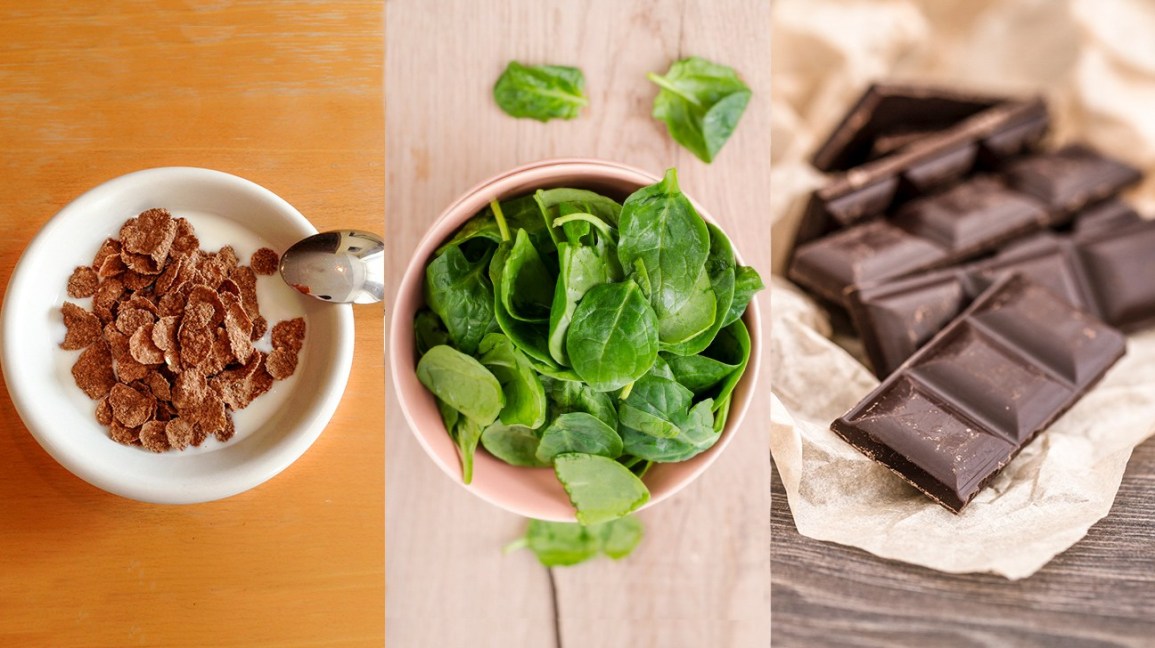Peanut Butter Manufacturing: The Landscape in 2024
The world of peanut butter is set to experience shifts in the
coming year, as the industry responds to evolving consumer preferences and
global market dynamics. From the entrepreneurial allure of white labeling to
the culinary symphony of innovative flavors, export and import dynamics, and an
unwavering commitment to sustainable practices – the peanut butter market is in
the midst of a transformation that is both exciting and forward-thinking.
White Labeling
In the ever-expanding universe of peanut butter, entrepreneurs
are seizing a golden opportunity through white labeling.
This trend is not merely about slapping a personalized label on a jar; it
represents a strategic leap into entrepreneurship. Small businesses and
aspiring brands are leveraging white labeling to craft their unique identity
without delving into the complexities of production.
White labeling empowers businesses to focus on branding,
marketing, and customer engagement, leaving the intricacies of peanut butter
production to established manufacturers. The result? A diverse array of peanut
butter brands hitting the market, each with its unique story and value
proposition. This trend not only fosters innovation but also allows for a more
dynamic and competitive market where entrepreneurs can thrive.
Innovations in Flavor
Gone are the days when peanut butter was a one-note symphony of
creamy or crunchy. 2024 heralds a new era of peanut butter as a culinary
canvas, with manufacturers exploring an unprecedented range of flavors. Imagine
indulging in honey lavender-infused peanut butter or relishing the kick of a
spicy Thai chili blend – these are not fanciful dreams but exciting realities
emerging from the latest innovations.
The trend of innovative flavors is expanding the palate of
peanut butter enthusiasts, transforming the humble spread into a versatile
ingredient for both sweet and savory dishes. Peanut butter is no longer
confined to the breakfast table; it is evolving into a gourmet experience. From
protein-packed varieties to exotic blends, this trend is a testament to the
ever-expanding boundaries of culinary exploration within the peanut butter
industry.
Export and Import Dynamics
2024 witnesses the globalization of peanut butter, as export and
import dynamics redefine the industry’s landscape. Nations that were once
consumers are now active contributors to the global peanut butter market. This
shift is propelled by the increasing demand for diverse and high-quality peanut
butter products on a global scale.
Exporting countries are leveraging their unique peanut varieties
and production techniques to carve a niche in the international market.
Simultaneously, importing nations are embracing the global peanut butter
phenomenon, introducing their populations to a rich tapestry of flavors and
formulations. This exchange is not just about quantity; it’s a dialogue that
enriches the global gastronomic scene with the nuances of peanut butter from
different corners of the world.
Sustainable Practices
As international trade flourishes, consumers become more
discerning, seeking premium, ethically sourced peanut butter products. This
trend transforms peanut butter from a humble pantry staple to a global culinary
ambassador, with each jar carrying the essence of its origin and the
craftsmanship involved.
Sustainable Practices: A Green Revolution in Peanut Butter
Production
In 2024, sustainability takes center stage in the peanut butter
industry. The rise of eco-conscious consumers is steering the demand for
ethically produced and environmentally friendly peanut butter. From sourcing
peanuts to packaging, sustainability is now woven into every aspect of peanut
butter production.
Moreover, social responsibility is becoming integral to peanut butter
manufacturers. Initiatives such as fair trade certification and
community support are becoming standard practices. This shift towards
sustainable practices is not just a trend; it’s a commitment to creating a
peanut butter industry that is both delectable and environmentally conscious.
The trends shaping peanut
butter trading in 2024 are indicative of an industry that is not only
adapting to change but also spearheading innovation. White labeling is
democratizing entrepreneurship, allowing new players to enter the market.
Flavor innovations are turning peanut butter into a culinary adventure,
pleasing diverse palates worldwide.
The export and import dynamics are reshaping the geographical
boundaries of the peanut butter market, creating a truly international
experience for consumers. The green revolution in sustainable practices is not
just a trend but a fundamental shift towards creating a peanut butter industry
that is both delicious and environmentally responsible.
As consumers, entrepreneurs, and manufacturers collectively
contribute to these trends, the future of peanut butter trading looks promising
and flavorful. So, whether you’re a seasoned industry player or a peanut butter
enthusiast, the journey through 2024 promises to be an exciting one, filled
with entrepreneurial spirit, culinary delights, and a commitment to a greener,
more sustainable future.




Comments
Post a Comment